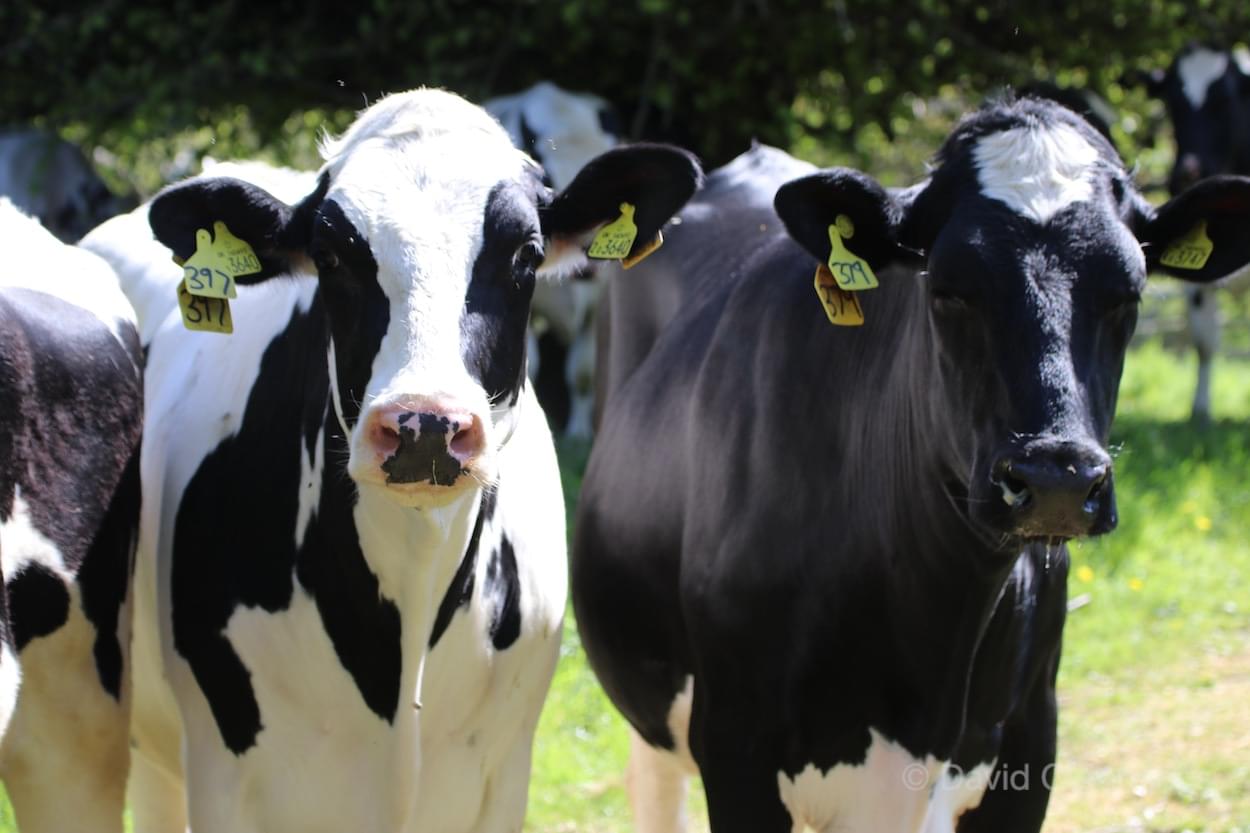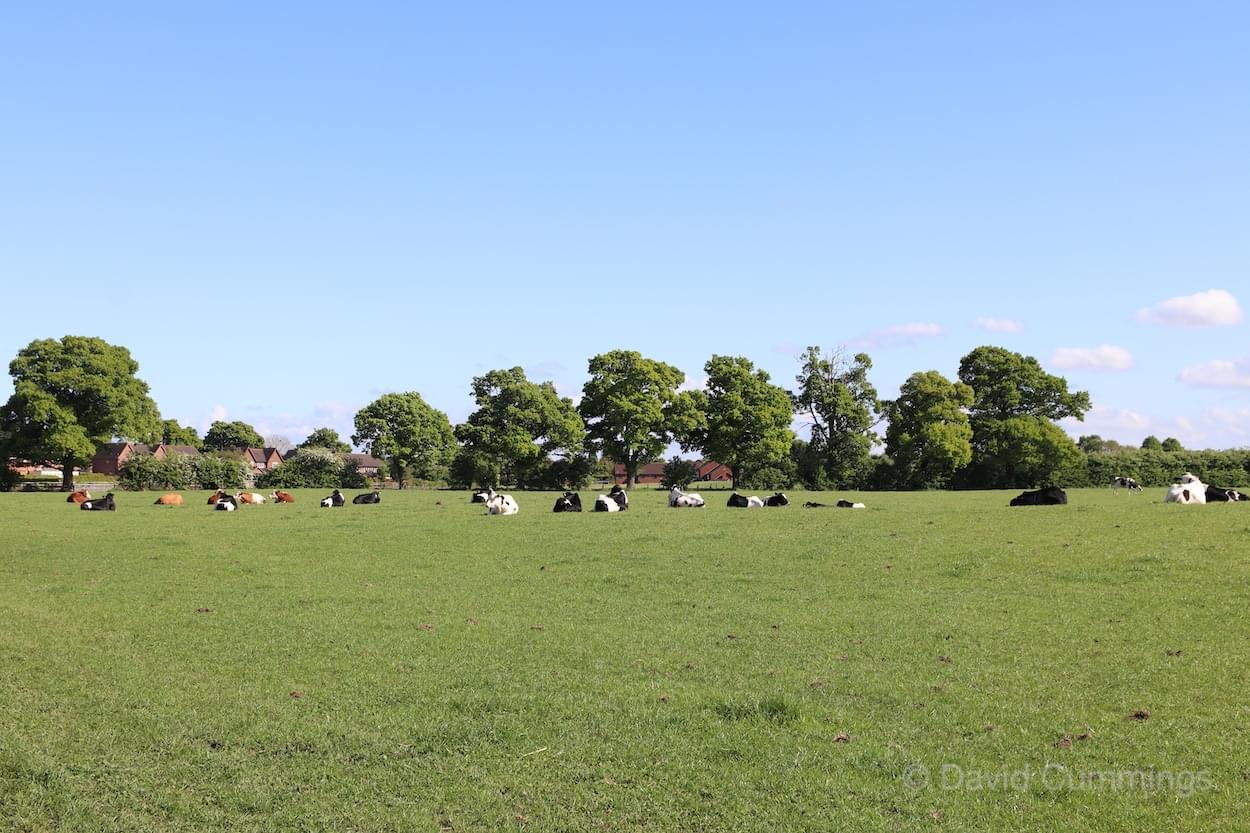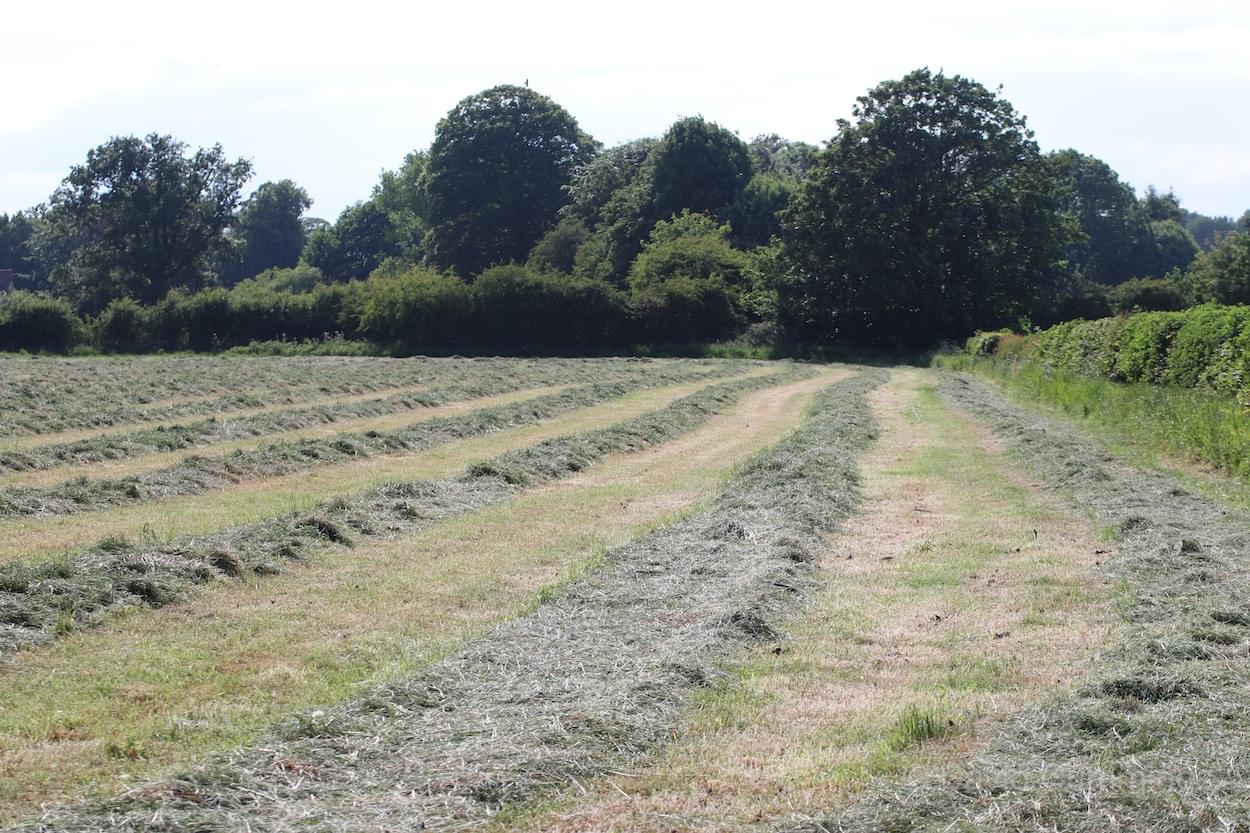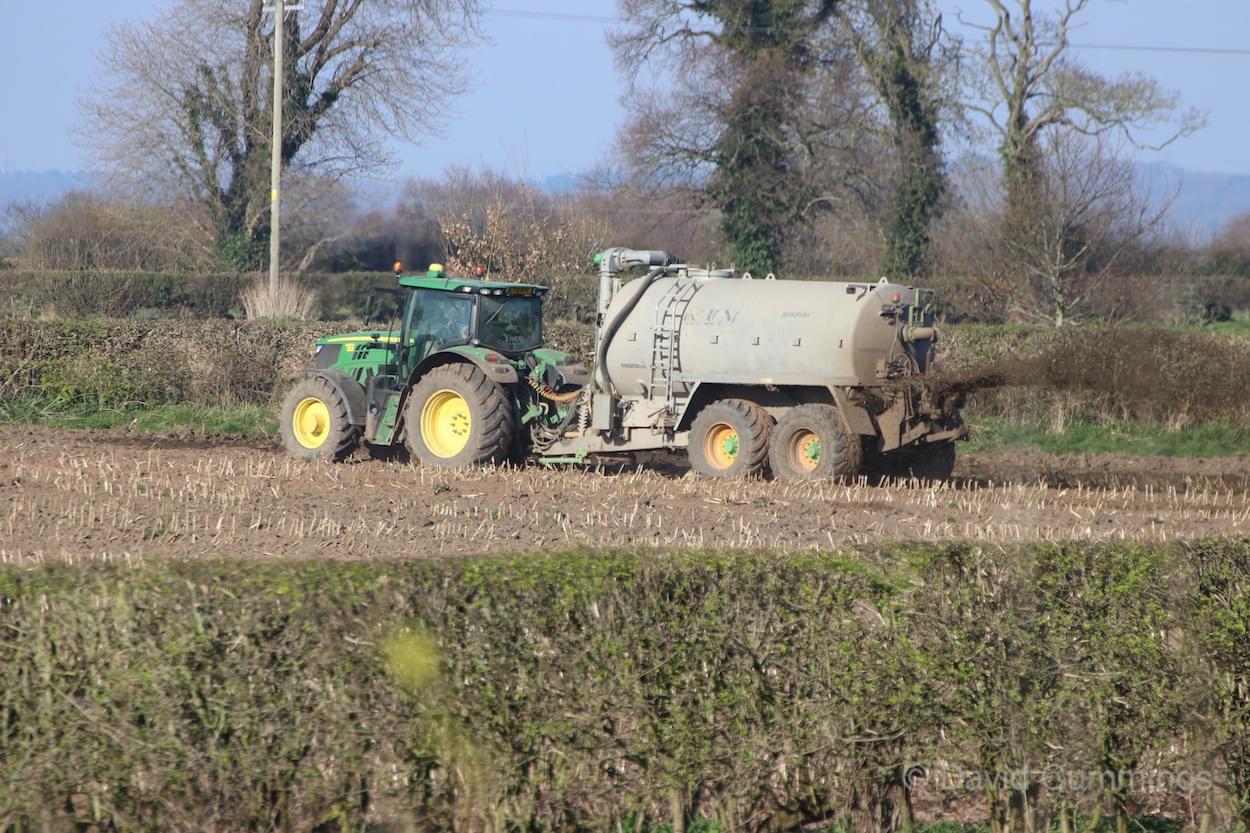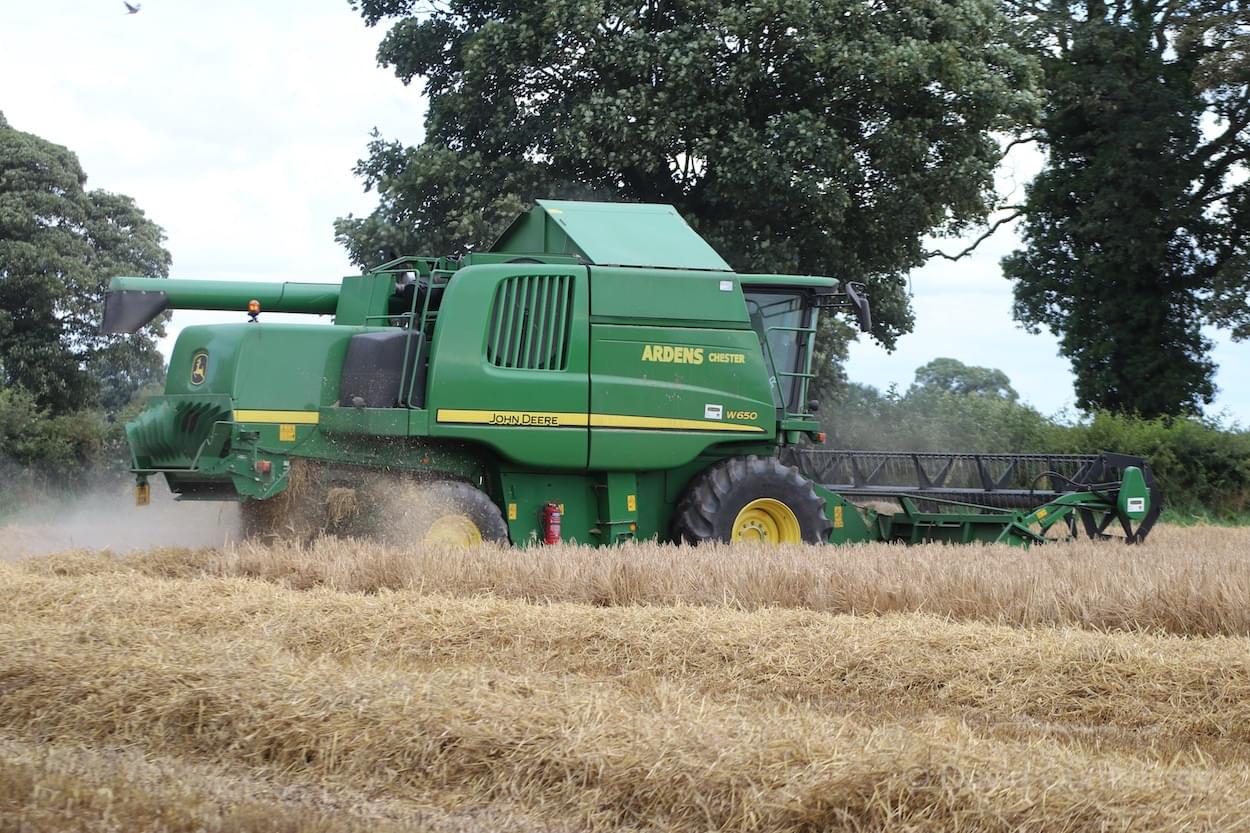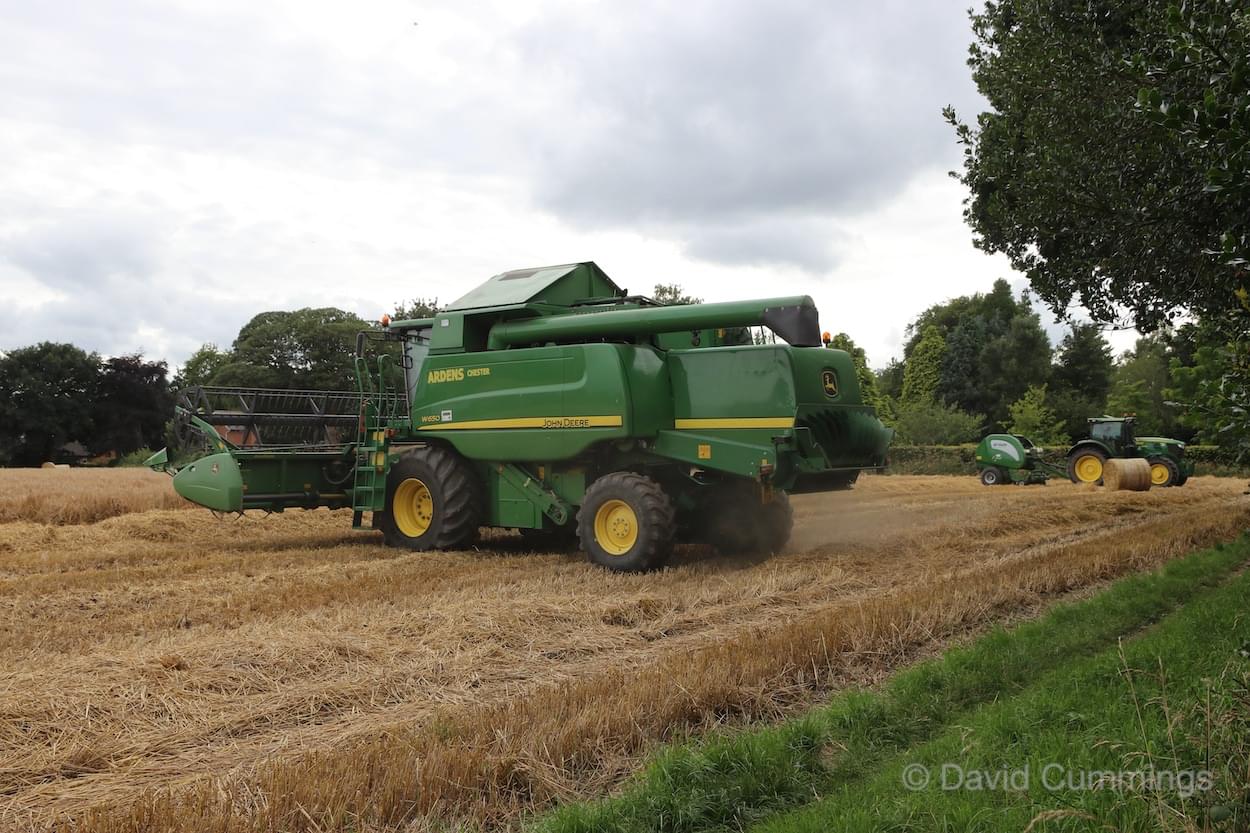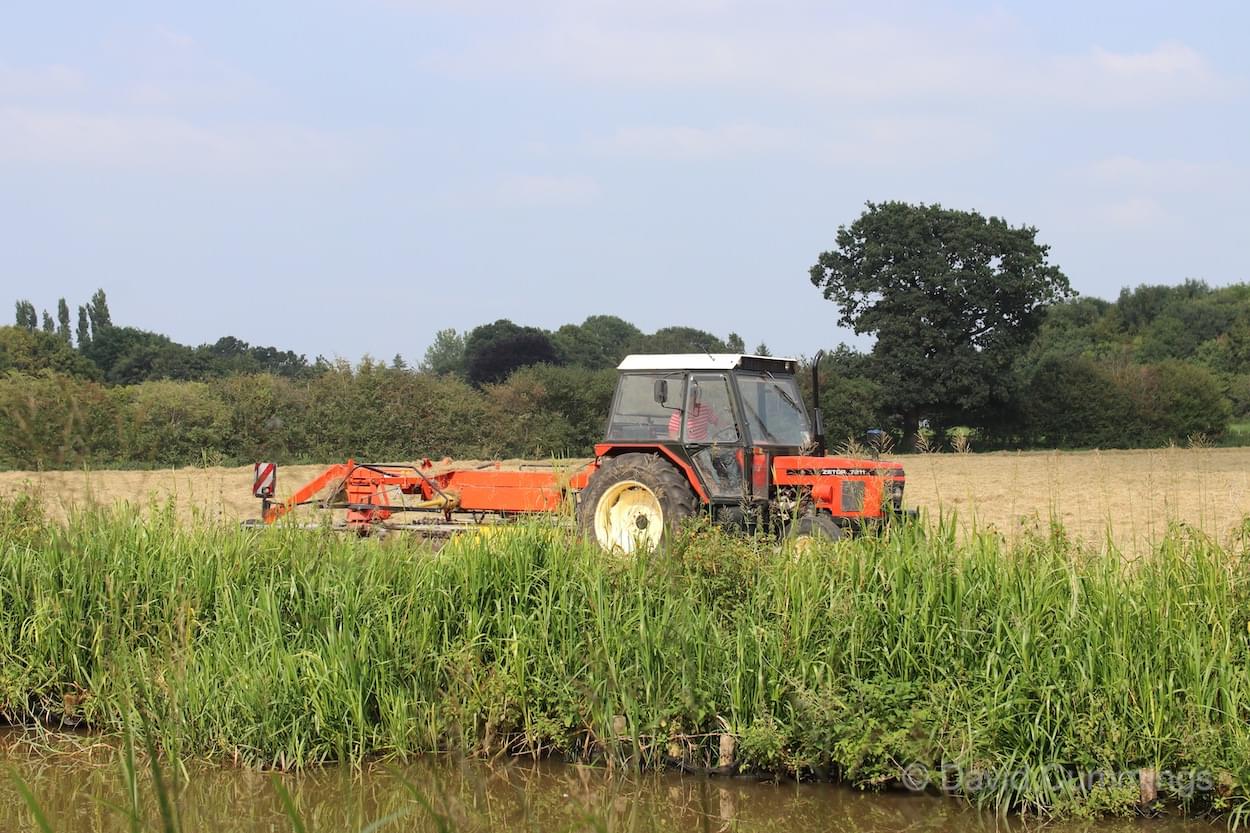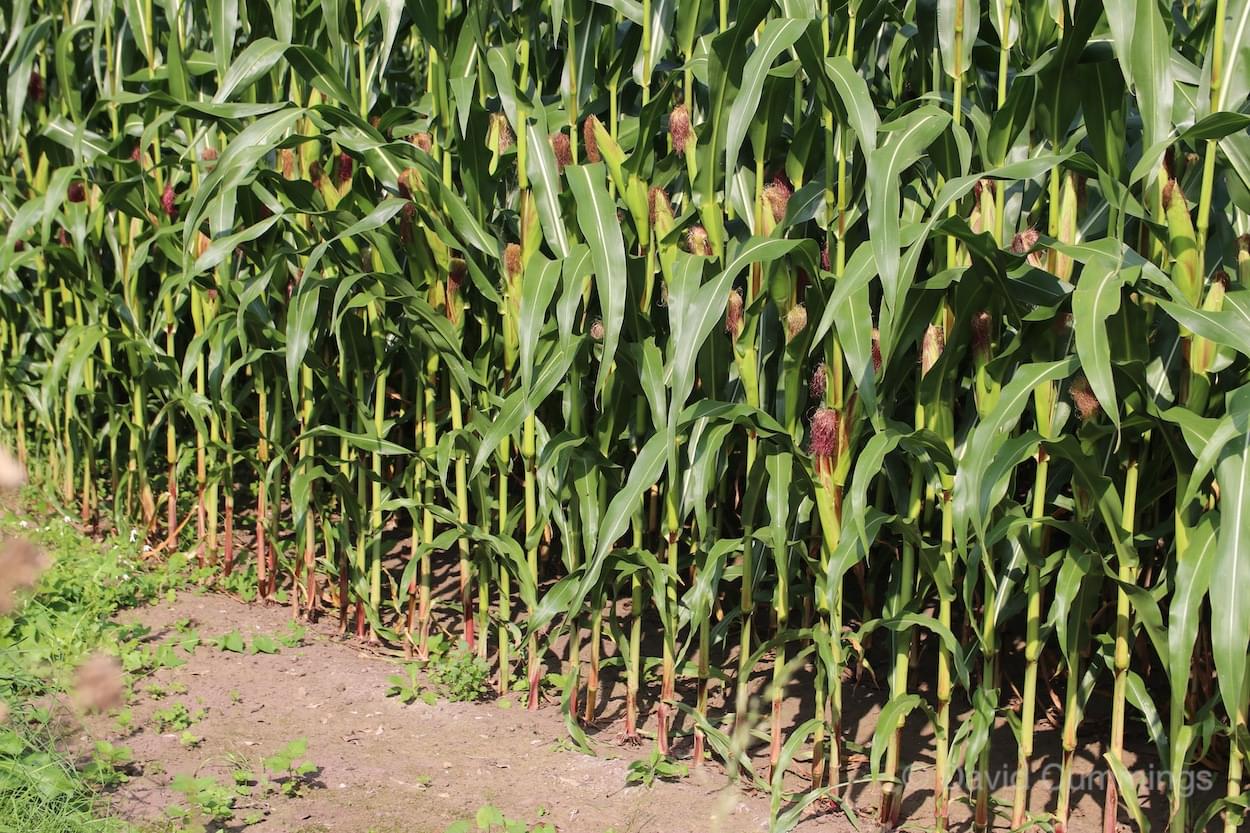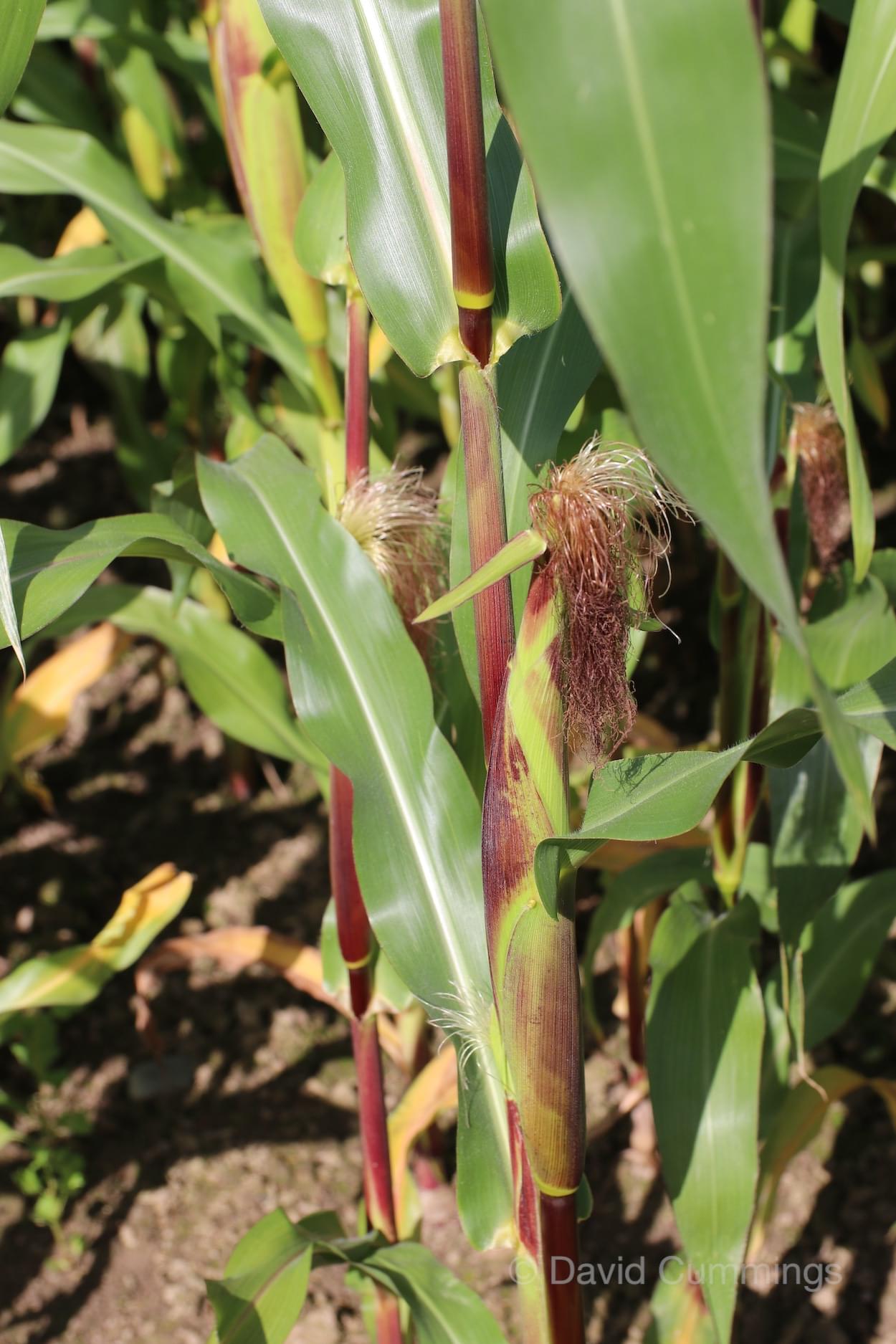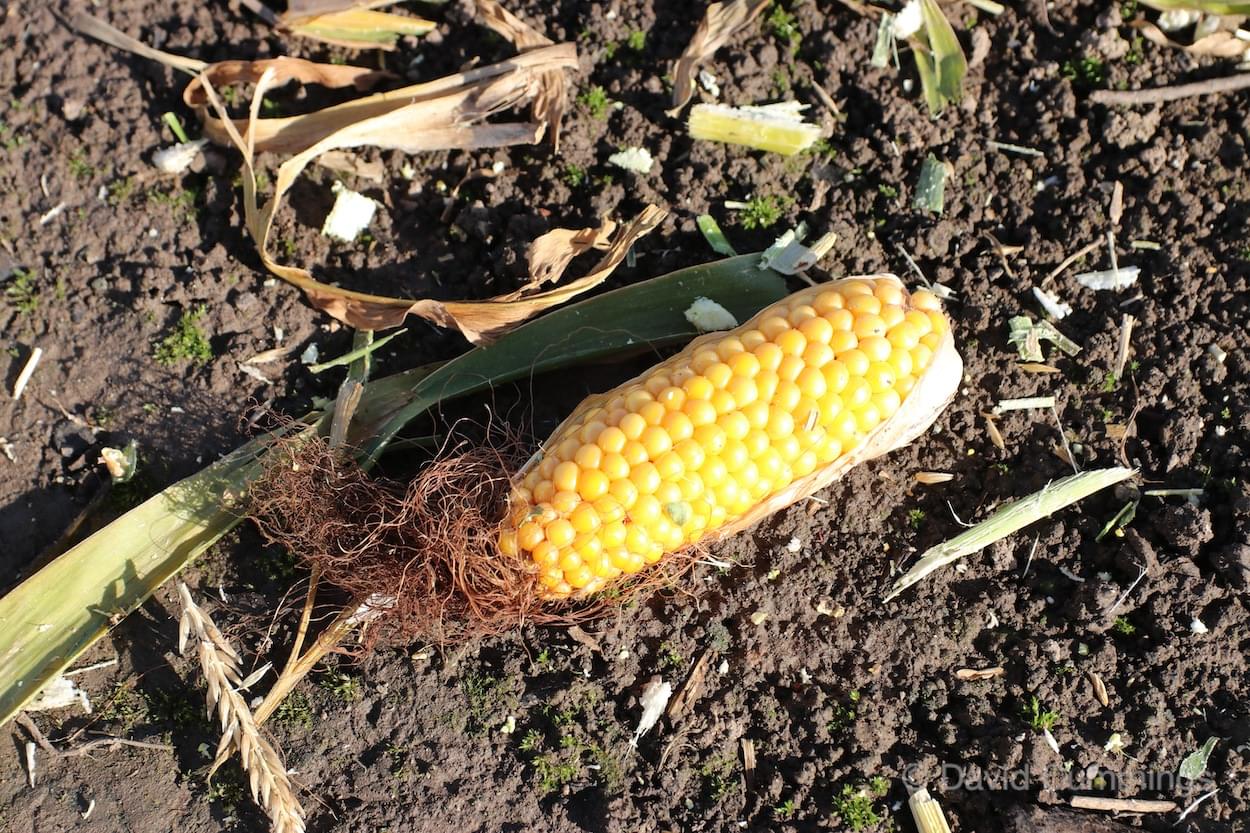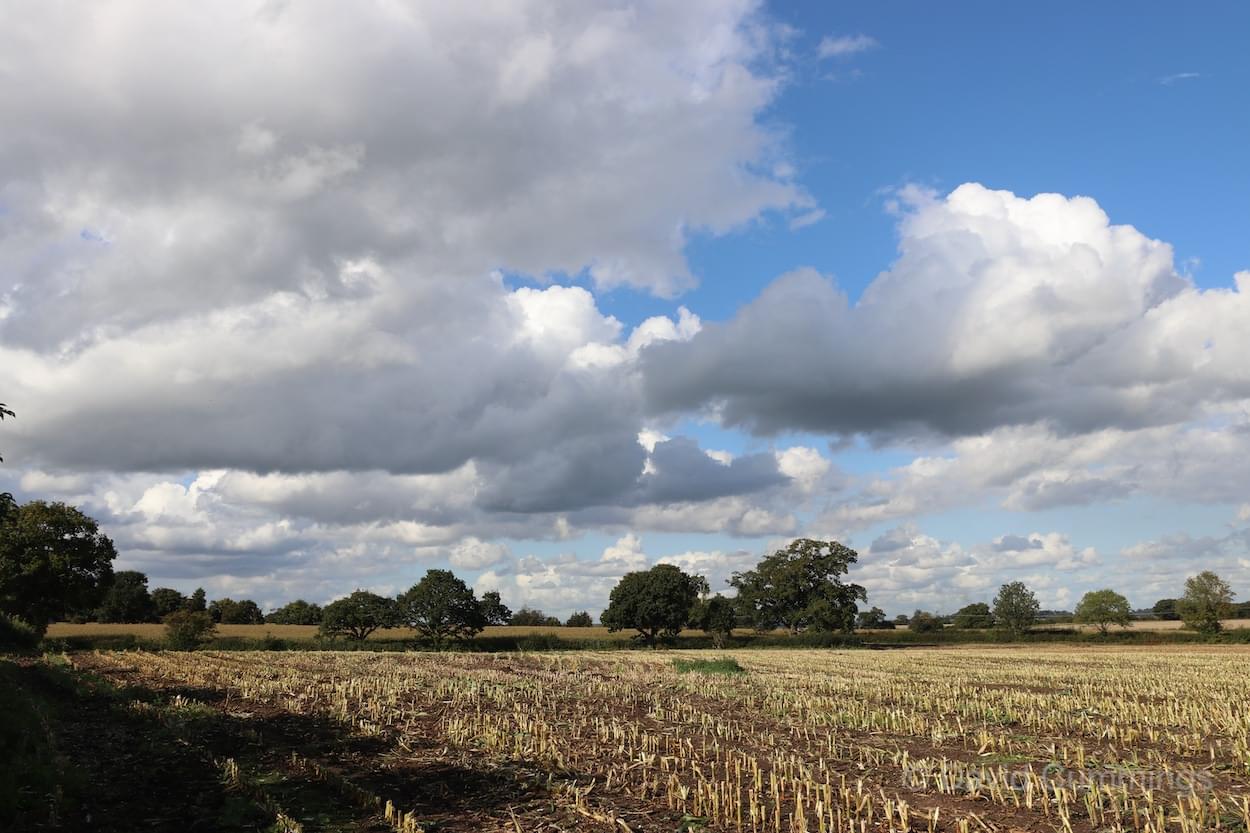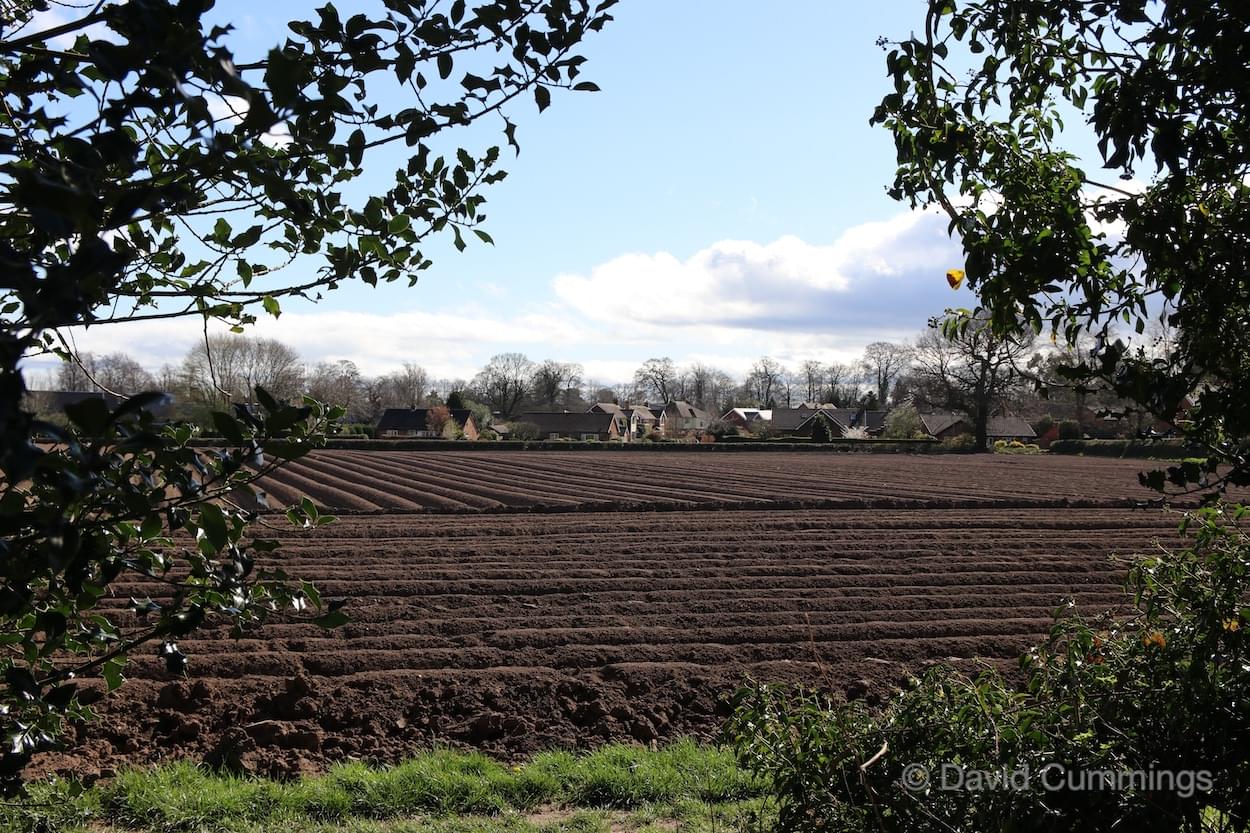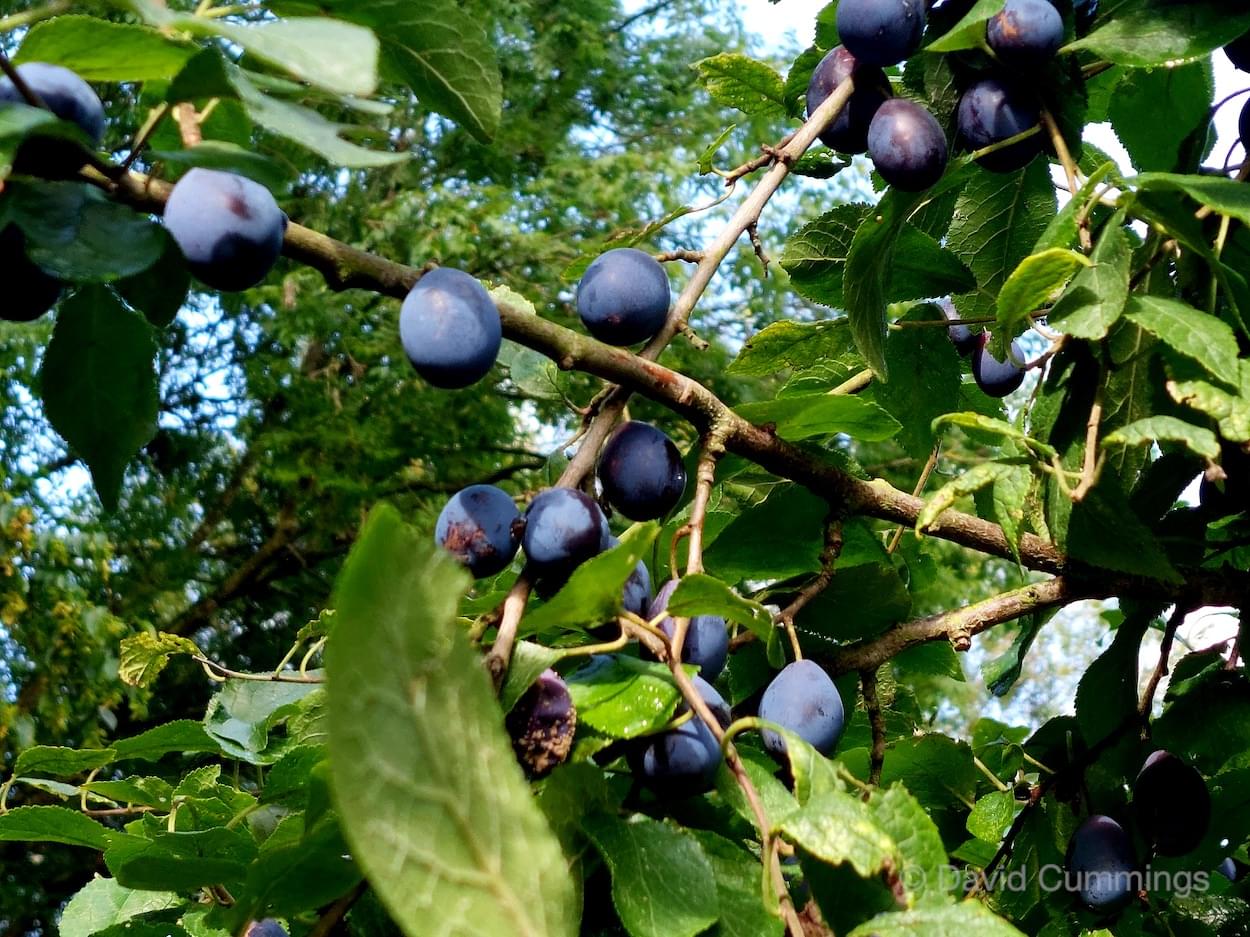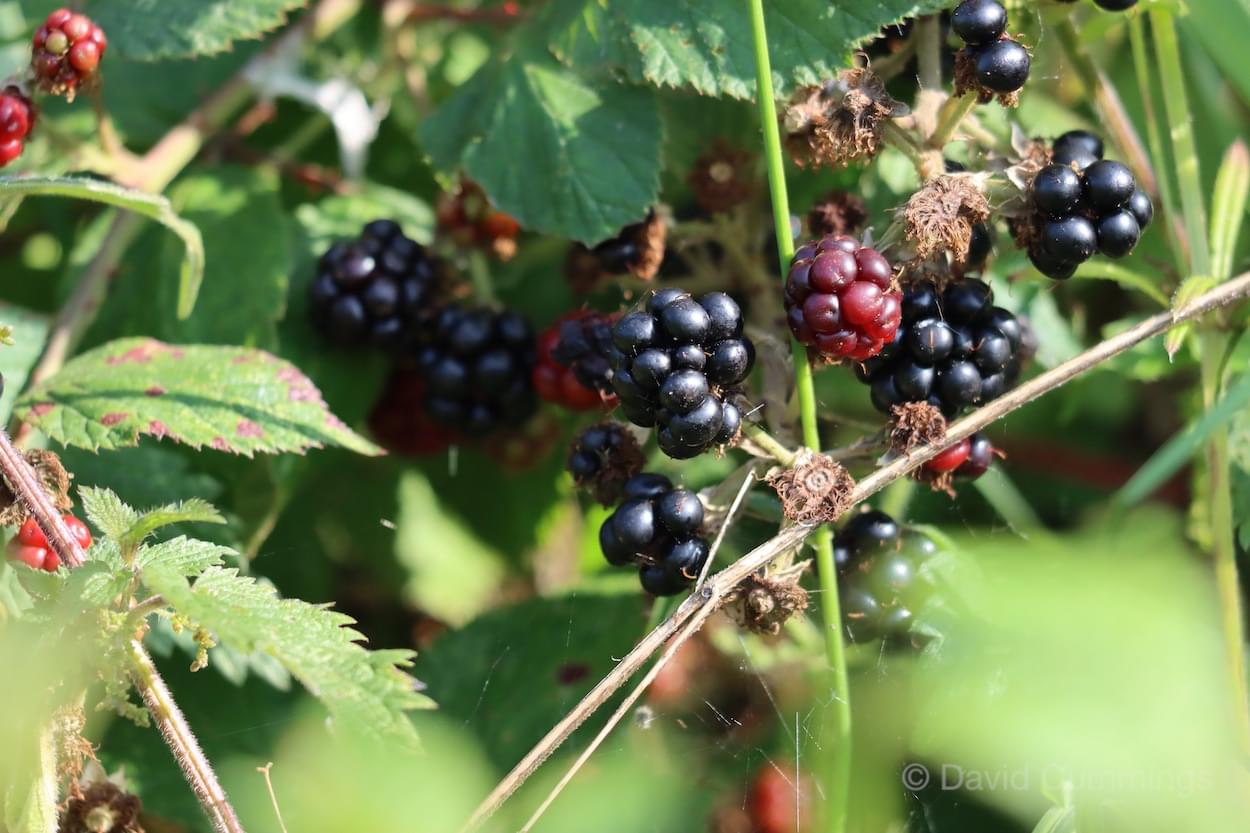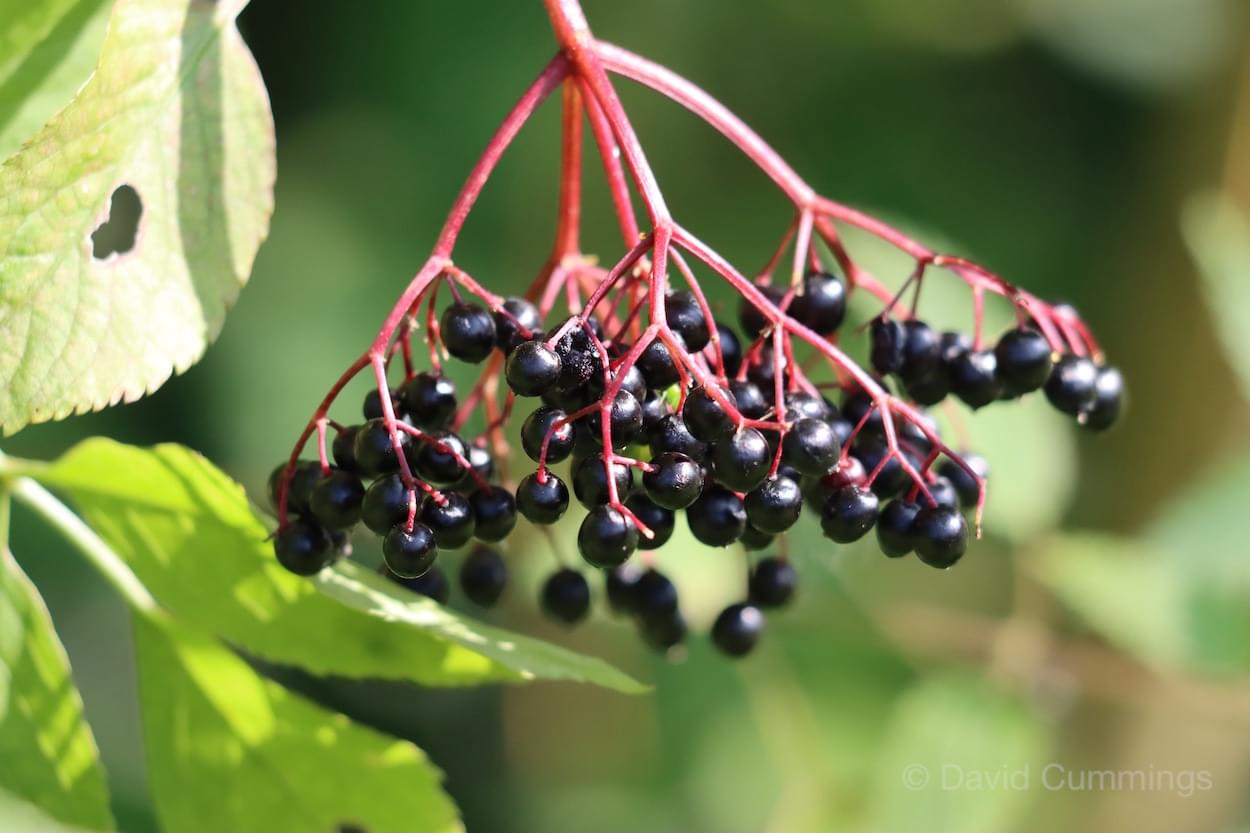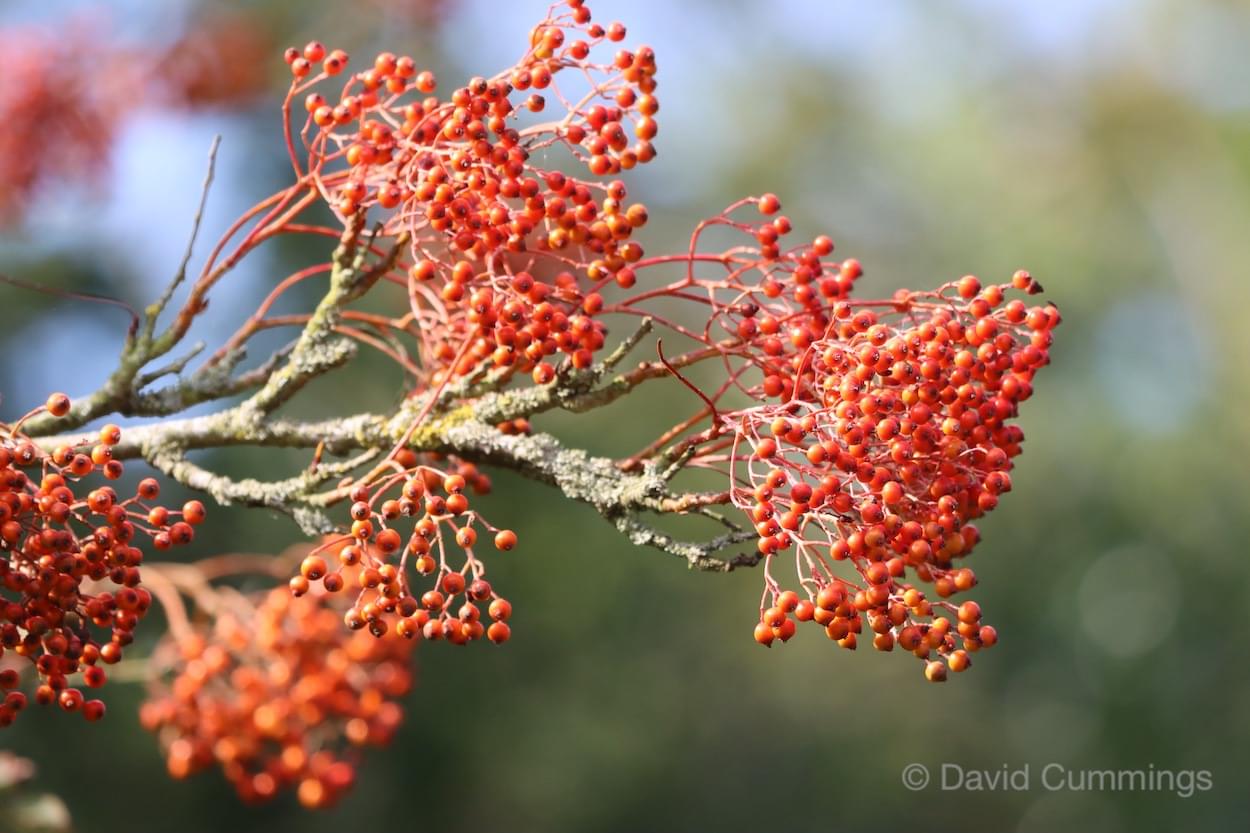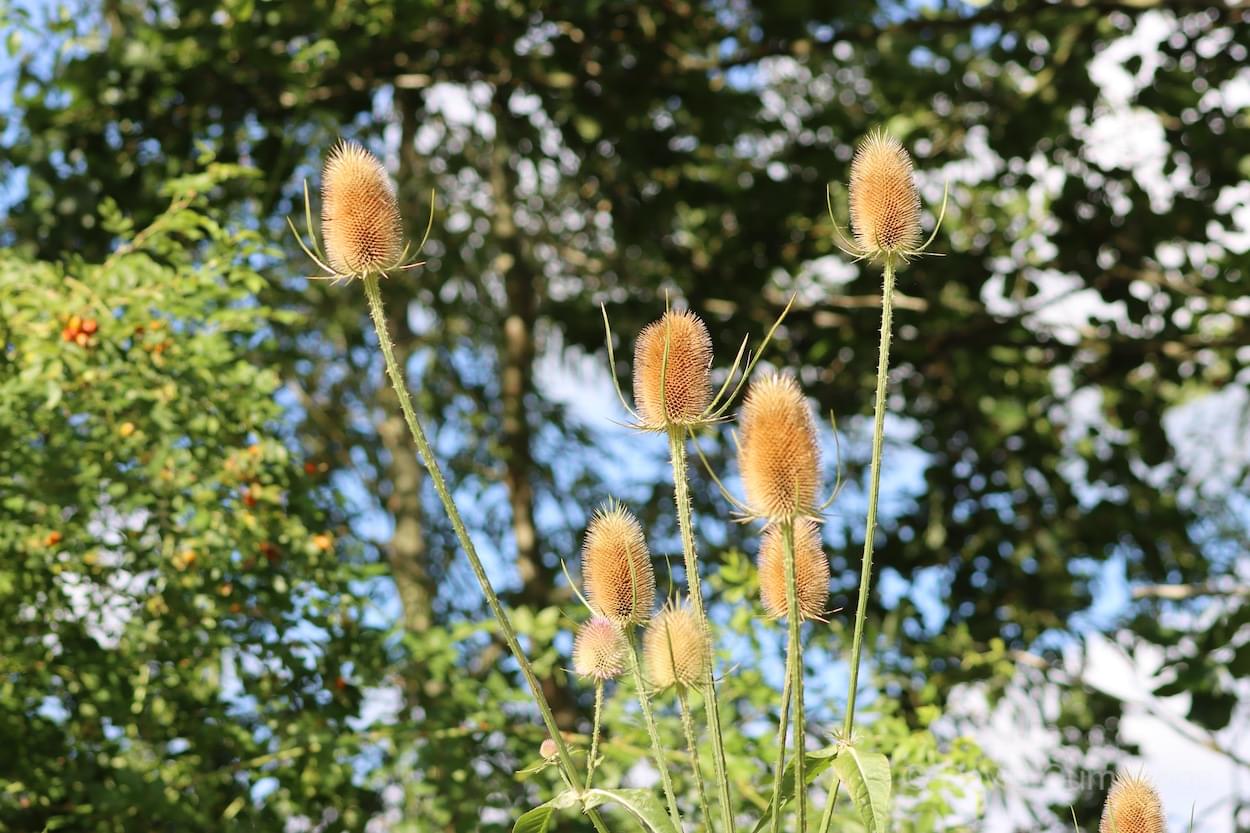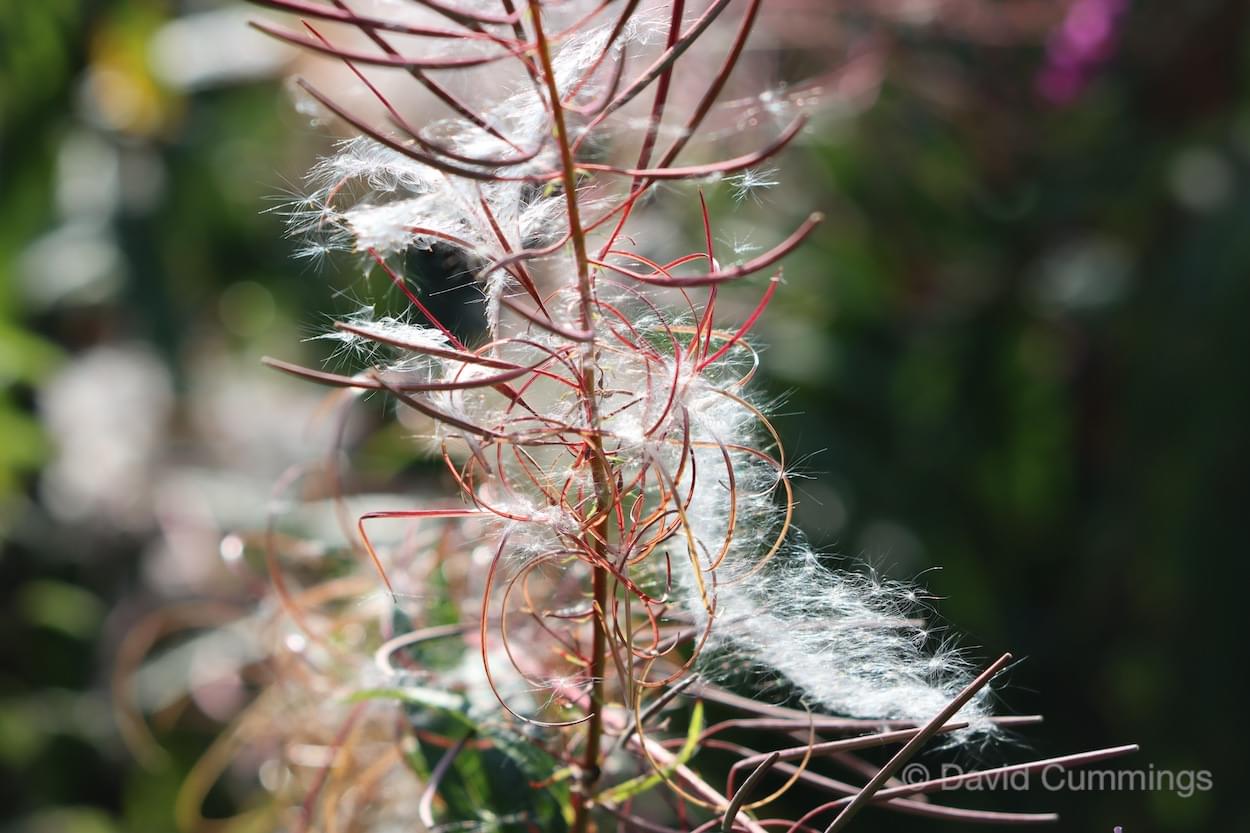

BY DAVID CUMMINGS BEM
September 2024
Walk Around the Village
The History File this month takes the form of a walk around the Village and seeing some of the ways that land is managed at the present time. If we had done this same walk in 1841 it would have been far different with almost all the land given over to Dairy Farming or small areas of woodland. The strip farming of earlier days had largely gone, and fields enlarged and hedged (or enclosed). There are still pockets of land in Cotton Edmunds which show the ridge and furrow style of farming, but we no longer farm that way in the UK, although they do so in a very big way in New Zealand. Although we still have a small number of farms with cattle producing milk, they are now mainly growing arable crops for the food industry. Potatoes, wheat, barley and maize are the main crops this year, and this summer has seen a good collection of grass for silage, as well as bales of straw and hay.
Land is never left idle of crops these days, with tractors on site shortly after a crop has been removed, ploughing and fertilising the soil ready for the next planting. Little wonder that there are few feeding opportunities for insects, and the lack of cow pats in the fields exacerbates this. This has a knock-on effect for birds, and it’s only areas near dairy farms where we see the small number of swallows and martins still managing to breed. The good and productive use of chemicals to provide food for humans, is having a detrimental and negative effect on our wildlife.
Fields are much bigger than they used to be, for more efficient use of machinery, and everything seems to be done on a large scale. Just look at the size of tractors!! Our winter and spring seasons were very wet, and in many cases it wasn’t possible to harvest the winter crops. The fields were clogged and waterlogged and many crops were ploughed back in, before a slightly drier May enabled many fields to be ploughed and replanted. This has resulted in what appears to be a good season for potatoes, wheat, barley and maize, although there are some fields that have yet to be harvested. There has been a good supply of hay and silage for next winter, and many farms have been left with considerable quantities of straw and hay bales which have, or will be sold on.
A walk around field boundaries in the parish will show you the considerable amount of growth of vegetation that has occurred over the spring and summer, and has resulted in good crops of damsons, elderberries and blackberries and many other fruits and seeds. Sadly there are also signs of damage to some trees and hedgerows from a kind of rust. It appears after spells of hot sunny weather, and seems to affect the leaves of many varieties. There are also signs of ash die back, again, a disease affecting our landscape for the future.
-

Friendly Cattle
-

Cattle
-
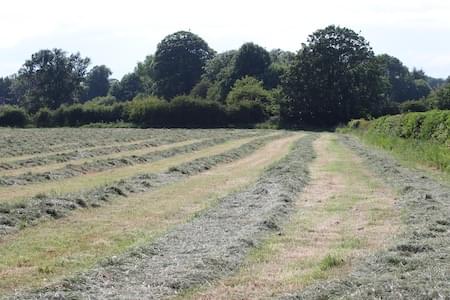
Hay Crop
-
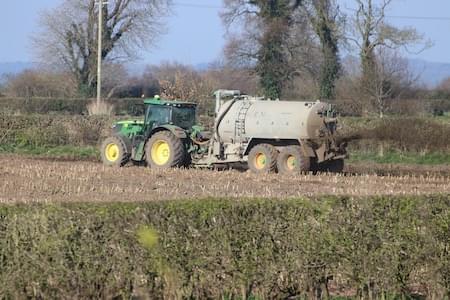
Slurry Spreader
-
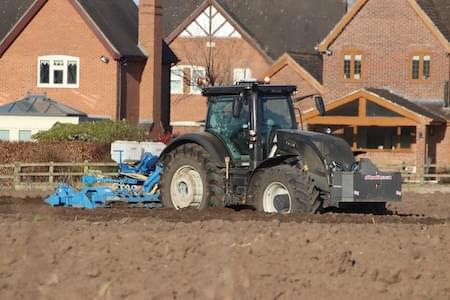
Tractor Ploughing
-
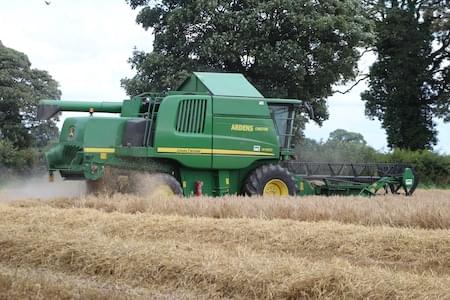
Combine Harvester in Birch Heath
-
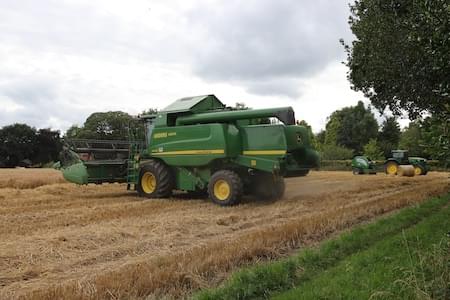
Combine Harvester
-
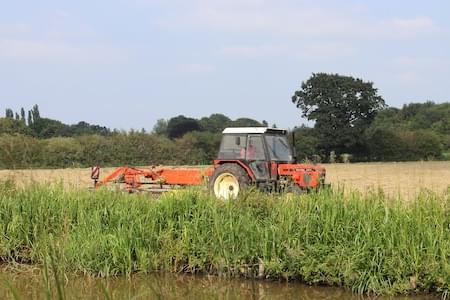
Hay Cutter
-
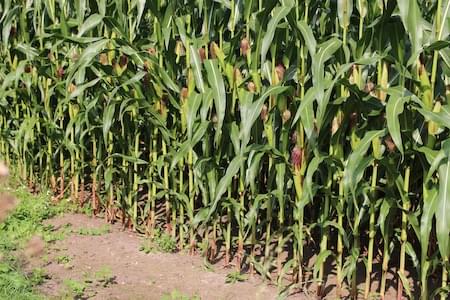
Maize
-
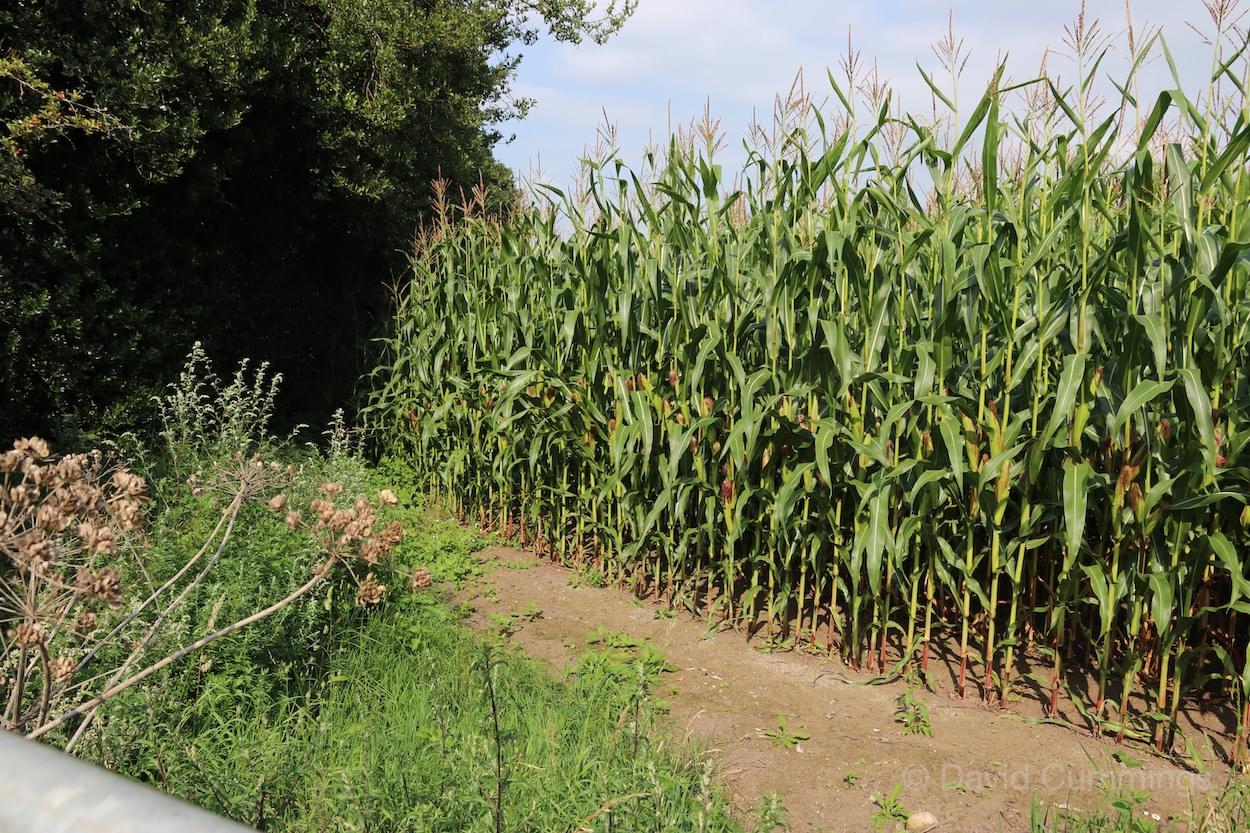
Maize as high as an elephants eye
-
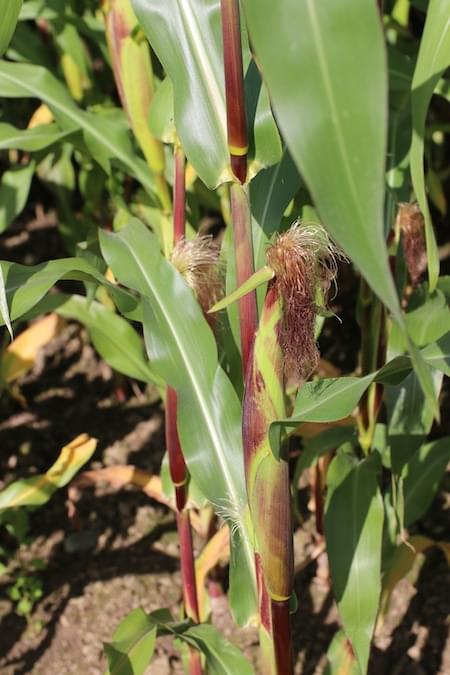
Maize
-
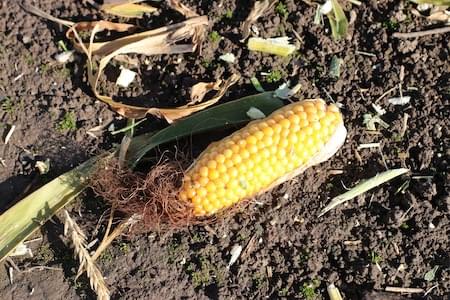
Maize
-
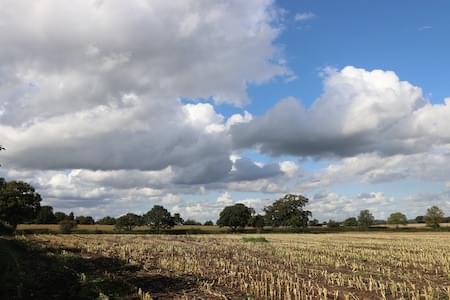
Croop Removed
-
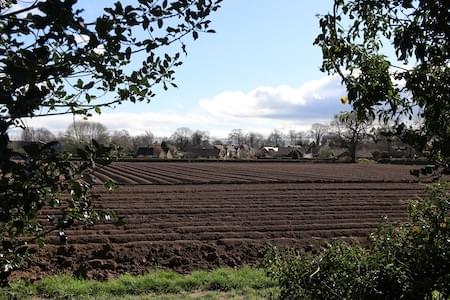
Field ploughed ready for the next crop
-
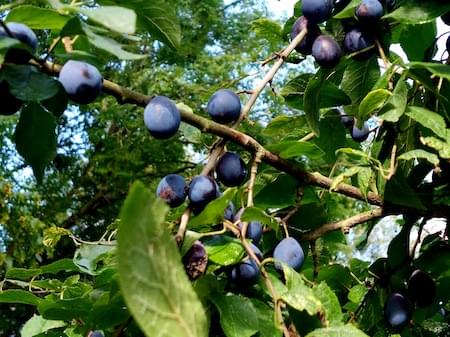
Damson Tree
-
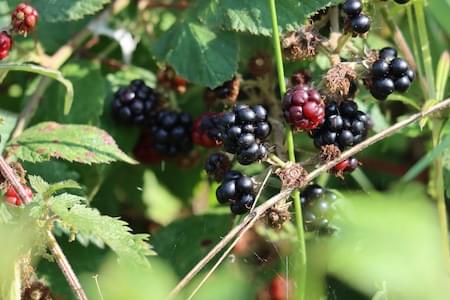
Blackbefrries
-
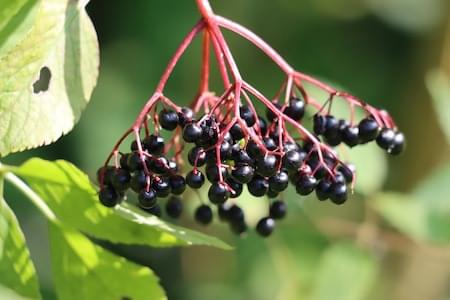
Elderflower
-
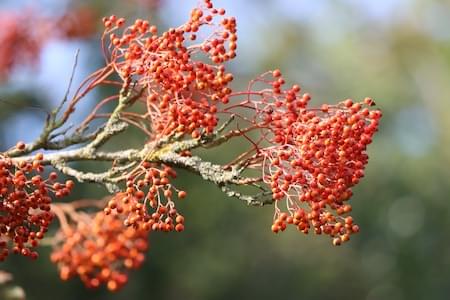
Red Berries
-
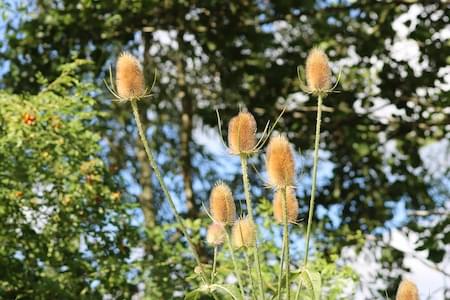
Teasles
-
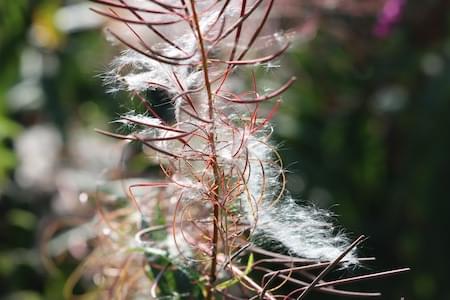
Rosebay Willow Herb
